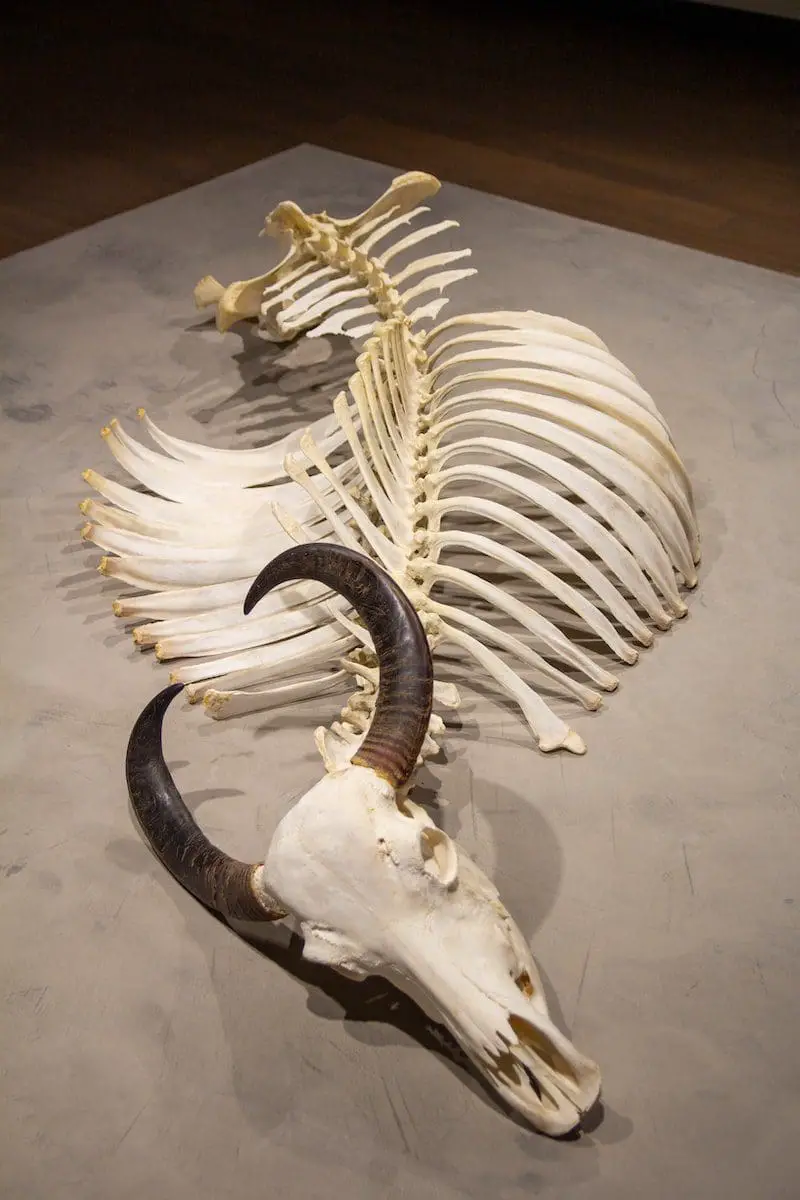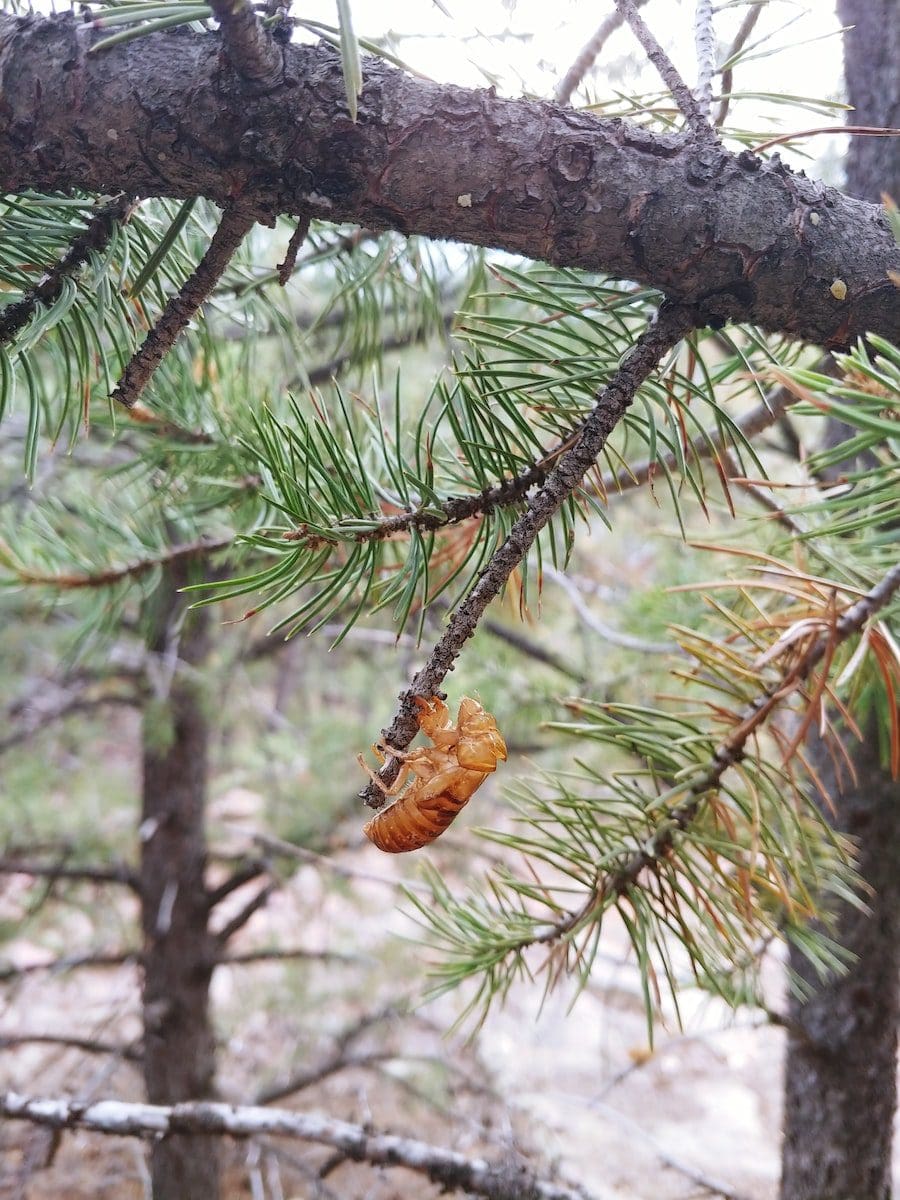Every human body is made up of a skeleton system to provide a basic structure to the body and give it a shape. It is necessary to protect the internal organs and facilitate movement in the body.
The skeleton can be further classified into two types such as endoskeleton and exoskeleton. The structures of a few living beings are made up of an endoskeleton, whereas for the others, their structure is made up of an exoskeleton.
Endoskeleton is found in the internals of the body. It gives shape to the body and protects the organs.
It also facilitates the body for further movement. The exoskeleton, on the other hand, is located outside of the body.
It protects the living being from external threats and attacks from other predators. It also protects the outer climate and keeps the being safe.
Key Takeaways
- Endoskeletons are internal support structures found in vertebrate animals, such as humans, composed of bone and cartilage; exoskeletons are external support structures found in invertebrate animals, such as insects and crustaceans, composed of chitin.
- Endoskeletons provide support and protection for internal organs and muscle attachment; exoskeletons protect the body from external forces and provide muscle attachment points.
- Endoskeletons allow for greater mobility and flexibility; exoskeletons limit mobility and require periodic moulting to accommodate growth.
Endoskeleton vs. Exoskeleton
Endoskeleton is an organized structure of bones present in the body of vertebrates like fish. It provides protection, sites for muscle attachment, and allows movement. Exoskeleton is the outer framework of bones present in invertebrates like insects. It protects from external threats.

Comparison Table
| Parameter of Comparison | Endoskeleton | Exoskeleton |
|---|---|---|
| Meaning | Internal skeleton | External skeleton |
| Location | It is located inside the body | It is located outside the body |
| Organisms found in | Vertebrates | Arthropods |
| Developed from | Endoderm | Ectoderm |
| Made out of | Phosphorous and calcium | Calcifies shells and scales |
| Flexibility | It provides flexibility to the body | It does not provide much flexibility to the body |
| Growth | It grows with the body | It does not grow with the body |
| Support | It supports a larger body | It does not support larger body |
| Blood Supply | Bones enable blood supply | Bones do not facilitate blood supply |
| Examples | Humans, fish, birds | Spider, lobster, crabs |
What is Endoskeleton?
Endoskeleton is a skeleton that is found inside the body of a living being. It provides support and protects the interior organs of the body.
It provides enough amount of support for the body to withstand its weight. It also facilitates the locomotory movement of the body and makes it flexible.
Most vertebrates have an endoskeleton, which helps them manage various aspects of the body. The endoskeleton grows along with the rest f the body.
It constantly grows as the living being grows from infancy to adulthood. There are two further types of bones in an endoskeleton: cortical bone (also known as compact bone) and cancellous bone (also known as trabecular bone).
The endoskeleton present in the body has several functions in the body that it caters they are- protecting the body and the internal organs, supporting the structure and the entire weight of the body, helping in flexible and free movement, storing excess nutrients, and providing it to the body when it needs any, manufacturing with the help of bone marrow.

What is Exoskeleton?
The exoskeleton is a skeleton located outside of an organism’s body. It is a rigid outer shell or coating that supports the body.
It also protects the muscles along with the internal organs of the body. The endoskeleton also protects the organisms against attacks from predators or external threats.
Most animals without a proper structural backbone have exoskeletons, such as cockroaches, lobsters, crabs, etc. The muscles are directly attached or cross-joined with the inside of the exoskeleton. Exoskeletons, unlike endoskeletons, do not grow inside the body; hence the arthropods periodically shed their exoskeleton.
The exoskeleton organisms have a heavy exoskeleton structure; accordingly, the size of the animals is relatively smaller. The outer shell of the exoskeleton is formed from several proteins, carbohydrates, and minerals.
Chitin, a substance secreted by the epidermal cells, is combined with the protein to form an exoskeleton. There are different types of exoskeleton animals, and they are classified under the following category- the arthropod cuticle and the shell.

Main Differences Between Endoskeleton and Exoskeleton
- The endoskeleton is inside the body of the organism; it is an internal skeleton, whereas the exoskeleton is outside the body of the living organism; it is an external skeleton.
- Endoskeleton is found in vertebrates, whereas the exoskeleton is found in arthropods.
- The endoskeleton is made out of calcium and phosphorus. The outer shell of the exoskeleton is formed from several proteins, carbohydrates, and minerals.
- Endoskeleton is developed from the endoderm, while the exoskeleton is developed from the ectoderm.
- Endoskeleton provides the body with a lot of flexibility and movement, whereas in the exoskeleton, the body’s movements at certain times are restricted by the body.
- The endoskeleton grows with the body from infancy to adulthood, whereas the exoskeleton does not grow with the body, and periodically the body sheds the exoskeleton.
- Endoskeleton supports a larger body weight, whereas the exoskeleton does not support much weight of the organisms; hence, most are smaller.
- In the endoskeleton, the bones do not enable and promote blood supply, whereas, in the exoskeleton, it does not facilitate any blood supply.

- https://pubs.acs.org/doi/full/10.1021/cr0782630
- https://kuscholarworks.ku.edu/bitstream/handle/1808/3715/paleo.paper.074.pdf?sequence=1
- https://ieeexplore.ieee.org/abstract/document/4291584/
- https://ieeexplore.ieee.org/abstract/document/1618670/
Last Updated : 11 June, 2023

Piyush Yadav has spent the past 25 years working as a physicist in the local community. He is a physicist passionate about making science more accessible to our readers. He holds a BSc in Natural Sciences and Post Graduate Diploma in Environmental Science. You can read more about him on his bio page.

I think the article provides a thorough understanding of endoskeletons and exoskeletons. It’s well-researched and well-written.
I couldn’t agree more. The level of detail in the explanations is commendable.
The main differences between endoskeleton and exoskeleton are elucidated very effectively in this post. It’s an excellent read.
Absolutely! I appreciate how clearly the information is conveyed.
While the post provides good information, it might have been more engaging with some visuals or diagrams to illustrate the concepts.
The article provides a good overview of endoskeleton and exoskeleton. However, the tone could have been livelier to keep the reader more engaged.
That’s a valid point. Visual aids could enhance the overall understanding of the topic.
This article is a great educational resource. The explanations are very clear and easy to understand.
Yes, it’s refreshing to find an article that provides such comprehensive information on the topic!
Very interesting article! I never knew there was such a difference between endoskeletons and exoskeletons. The comparison table is particularly helpful.
I agree! I found it incredibly informative as well.
Interesting read! The information provided about endoskeletons and exoskeletons is detailed and engaging.
Absolutely, the depth of knowledge conveyed in the article is impressive!